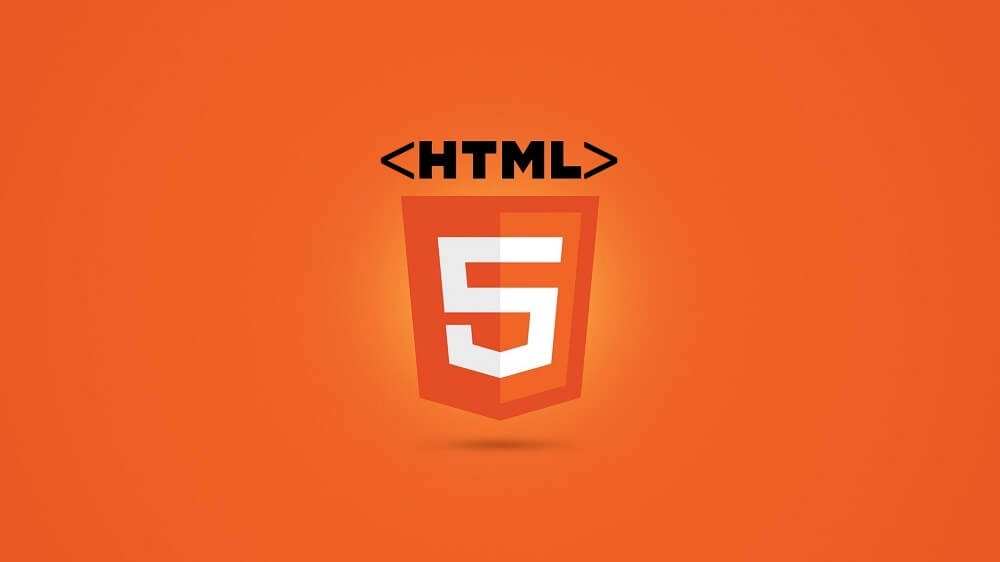Haibo PVC Door Factory: A Blend of Durability and Style
Business & Management |
2025-07-15 05:35:17

That’s a massive topic! I'll break it down into HTML elements and attributes, explaining their key points and usage.
HTML (HyperText Markup Language) is the foundation of web pages. It consists of elements that define a webpage's structure and attributes that provide additional information.
An HTML element consists of a start tag, content, and an end tag (except self-closing elements).
Example:
<p>This is a paragraph.</p>
| Element | Description | Key Points |
|---|---|---|
<html> |
Root element of an HTML document. | Wraps all HTML content. Requires <head> and <body>. |
<head> |
Contains metadata about the document. | Includes <title>, <meta>, <link>, <script>, <style>. |
<title> |
Defines the page title (shown in the browser tab). | Important for SEO. Placed inside <head>. |
<body> |
Contains all visible content of the webpage. | Everything users see on the page is inside this tag. |
| Element | Description | Key Points |
|---|---|---|
<h1> to <h6> |
Headings (h1 is the largest, h6 is the smallest). | Used for SEO and content structuring. |
<p> |
Paragraph element. | Adds a block of text with automatic line breaks. |
<br> |
Line break. | Self-closing (<br>). No end tag. |
<hr> |
Horizontal rule (divider). | Used for content separation. Self-closing. |
<strong> |
Makes text bold (semantic). | Used to emphasize important text. |
<b> |
Makes text bold (non-semantic). | Used for styling, not emphasis. |
<em> |
Makes text italic (semantic). | Indicates emphasis. |
<i> |
Makes text italic (non-semantic). | Used for styling, not meaning. |
<mark> |
Highlights text. | Displays with a yellow background by default. |
<small> |
Makes text smaller. | Useful for fine print or legal text. |
<del> |
Strikethrough (deleted text). | Indicates removed content. |
<ins> |
Underlined text (inserted text). | Shows newly added content. |
<sub> |
Subscript text (e.g., H₂O). | Used for chemical formulas, footnotes. |
<sup> |
Superscript text (e.g., x²). | Used for exponents, ordinal indicators. |
| Element | Description | Key Points |
|---|---|---|
<ul> |
Unordered list (bullets). | Uses <li> for list items. |
<ol> |
Ordered list (numbers). | Uses <li> for list items. |
<li> |
List item. | Must be inside <ul> or <ol>. |
<dl> |
Description list. | Contains <dt> (term) and <dd> (definition). |
| Element | Description | Key Points |
|---|---|---|
<a> |
Anchor (hyperlink). | Uses href to specify the URL. |
<nav> |
Navigation section. | Groups site navigation links. |
Example:
<a href="https://example.com">Visit Example</a>
| Element | Description | Key Points |
|---|---|---|
<img> |
Embeds an image. | Uses src, alt, width, and height. |
<audio> |
Embeds audio. | Supports controls, autoplay, and loop. |
<video> |
Embeds video. | Supports controls, autoplay, loop, poster. |
<source> |
Defines media source for <audio> and <video>. |
Allows multiple formats. |
<iframe> |
Embeds another webpage. | Used for maps, videos, or widgets. |
Example:
<img src="image.jpg" alt="Description" width="200">
| Element | Description | Key Points |
|---|---|---|
<form> |
HTML form for user input. | Requires action and method. |
<input> |
Input field. | Types: text, password, email, radio, checkbox, etc. |
<label> |
Labels input fields. | Improves accessibility. |
<textarea> |
Multi-line text input. | Uses rows and cols. |
<select> |
Dropdown list. | Contains <option> elements. |
<option> |
Option inside <select>. |
Uses value. |
<button> |
Clickable button. | Can submit forms or run JavaScript. |
Example:
<form action="/submit" method="post">
<label for="name">Name:</label>
<input type="text" id="name" name="name">
<button type="submit">Submit</button>
</form>
Attributes provide extra information about elements.
Example:
<a href="https://example.com" target="_blank">Visit</a>
| Attribute | Description | Example |
|---|---|---|
id |
Unique identifier for an element. | <div id="header"> |
class |
Assigns a class for styling. | <p class="text"> |
src |
Specifies the image or media source. | <img src="image.jpg"> |
href |
Specifies the link destination. | <a href="https://example.com"> |
alt |
Alternative text for images. | <img src="image.jpg" alt="Description"> |
title |
Tooltip text on hover. | <p title="Tooltip">Hover me</p> |
style |
Inline CSS styles. | <p style="color:red;"> |
width |
Width of an element. | <img width="100"> |
height |
Height of an element. | <img height="100"> |
target |
Opens links in a new tab (_blank). |
<a target="_blank"> |
| Attribute | Description |
|---|---|
contenteditable |
Makes the element editable. |
draggable |
Allows dragging (true or false). |
hidden |
Hides the element. |
spellcheck |
Enables spell checking (true or false). |
tabindex |
Defines tab order. |
Example:
<p contenteditable="true">Edit me!</p>
HTML elements define content, while attributes provide additional details. Mastering both is essential for web development.